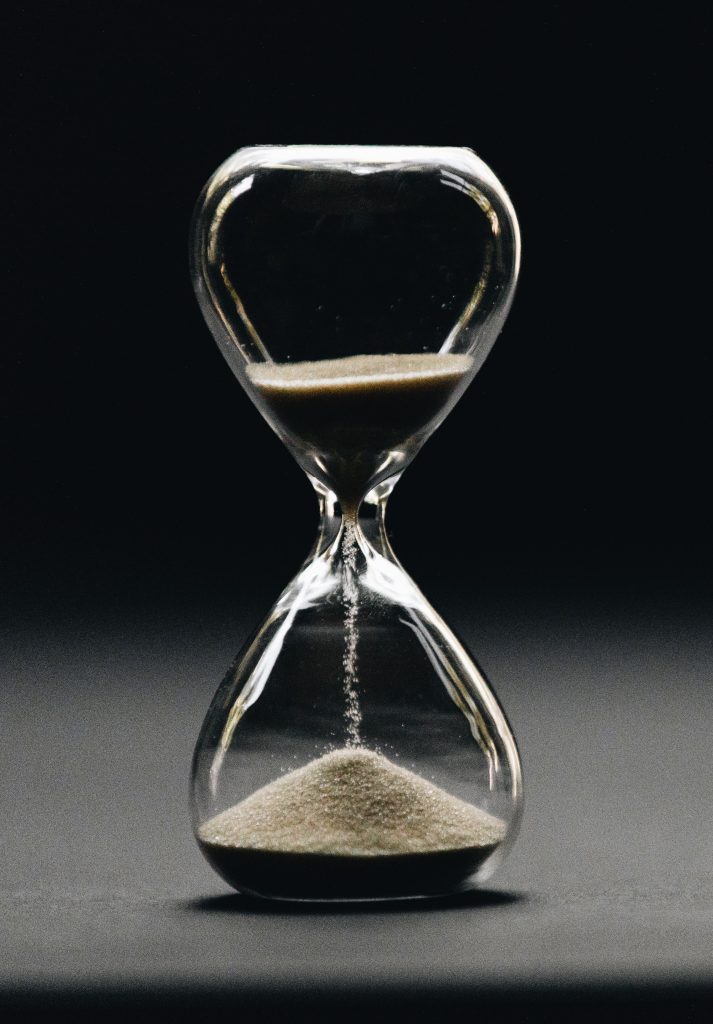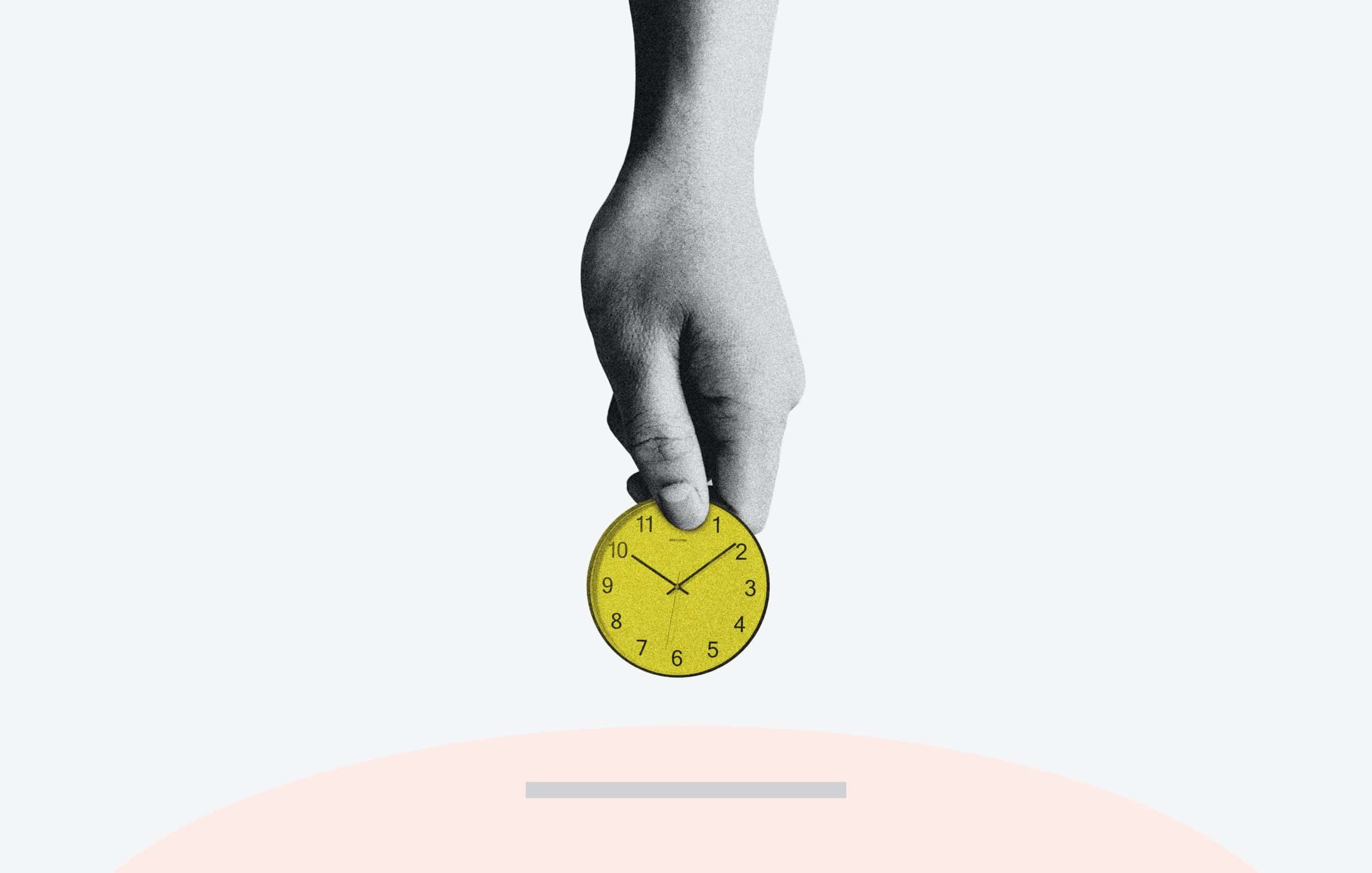Time Management & Productivity
One of the most important skills required in today’s fast-paced workplace is time management. Effective time management can help individuals achieve their goals and accomplish more tasks in less time. However, managing your time effectively requires some effort and discipline. Here are five techniques that can help you improve your productivity:
Tip 1: Prioritize Tasks
Prioritizing tasks is an essential time management technique that can significantly improve productivity. When you have a long to-do list, it’s easy to get overwhelmed and not know where to start. However, by prioritizing tasks based on their urgency and importance, you can tackle the most critical tasks first and avoid wasting time on less important ones.
To prioritize your tasks effectively, start by identifying the most urgent and important tasks that require immediate attention. These are typically high-priority items such as deadlines or critical meetings that cannot be delayed or rescheduled. Once these high-priority items have been identified, move on to other important but less urgent tasks that still need attention.
It’s also essential to consider your personal preferences when prioritizing tasks. You may find it more productive to tackle challenging projects in the morning when you’re fresh and alert or break larger projects into smaller chunks over several days. By prioritizing your work in this way, you’ll be able to manage your time more effectively while staying focused on what’s truly important for achieving your goals.
Tip 2: Minimize Distractions
Distractions are one of the biggest productivity killers in any workspace. To minimize distractions, it’s essential to identify what distracts you the most and take steps to eliminate or reduce them as much as possible. For instance, if social media is your biggest distraction, consider logging out of all social platforms during work hours or using a website blocker tool to restrict access.
Another effective way to minimize distractions is by creating a designated workspace that promotes focus and productivity. The workspace should be free from clutter and other unnecessary items that could distract you from your work. Additionally, ensure that your phone notifications are turned off or put on silent mode during work hours to avoid unnecessary interruptions.
Lastly, it’s crucial to set boundaries with colleagues or family members who may interrupt you during working hours. Communicate your schedule clearly and let them know when you’re unavailable for non-urgent matters. By minimizing distractions in these ways, you can improve your focus and increase productivity levels significantly.
Tip 3: Break Projects Down
Breaking down projects is a technique that can help in managing time more effectively. When faced with a large project, it’s easy to get overwhelmed by the scope of what needs to be done. By breaking the project into smaller tasks, it becomes easier and less daunting to complete. Each task can then be assigned its own deadline, making it easier to track progress and stay on schedule.
One way to break down a project is by creating a task list or checklist. This should include all the steps required to complete the project, no matter how small or seemingly insignificant. Once the list is created, prioritize each item based on importance and urgency. This will help you focus on what needs to be done first, rather than getting bogged down in details that can wait.
Another benefit of breaking down projects is that it helps avoid procrastination. If you’re faced with a huge task that seems impossible to complete, it’s easy to put off starting until later – which often leads to missed deadlines and increased stress levels. By breaking things up into smaller tasks, you’ll have more manageable goals that feel achievable – helping you stay motivated and focused throughout the process.

Tip 4: Set Deadlines
Setting deadlines is a crucial technique for managing time effectively. Deadlines help you avoid procrastination and keep your work on track. It also helps in prioritizing tasks and ensures that important projects meet their due dates. To set a deadline, start by breaking down the task into smaller parts, estimate the time required to complete each of them, and assign a specific date or time for completion. By setting realistic deadlines, you can accomplish more within the given timeframe.
In addition to improving productivity, setting deadlines can also reduce stress levels. When there is no clear deadline in sight, it’s easy to fall into the trap of working long hours without any clear end in sight. This can lead to burnout and lack of motivation over time. With a deadline in place, however, you have a clear goal to work towards which helps alleviate some of that stress.
One final benefit of setting deadlines is that it promotes accountability both with yourself and others involved in the project’s progress. Knowing that someone else is waiting for your work or approval encourages better communication between team members as well as fosters mutual respect for each other’s timelines. Ultimately this results in improved teamwork and increased chances for success in achieving project goals within target timelines .
Tip 5: Plan Ahead
One of the most important time management techniques to improve productivity is planning ahead. This means taking some time at the beginning or end of each day to plan out your schedule and tasks for the next day. By doing this, you can ensure that you have a clear idea of what needs to be done and when.
Planning ahead also allows you to prioritize your tasks based on their importance and urgency. This helps you avoid wasting time on less important tasks while ensuring that critical tasks are completed in a timely manner. It can also help reduce stress and anxiety by giving you a sense of control over your workload.
In addition, planning ahead allows for flexibility in case unexpected tasks or events arise. With a clear plan in place, it’s easier to adjust your schedule and re-prioritize if necessary without feeling overwhelmed. Overall, taking a few minutes each day to plan ahead can lead to increased productivity, reduced stress, and better time management skills.
Conclusion: Improved Efficiency
In conclusion, implementing the time management techniques discussed in this article can significantly improve efficiency. By setting clear goals and priorities, individuals can focus on the most important tasks and avoid wasting time on distractions. Additionally, using tools such as calendars and to-do lists can help keep track of deadlines and prevent forgetfulness.
Another effective technique is breaking down large tasks into smaller, more manageable ones. This not only makes them less daunting but also allows for progress to be made consistently over time instead of scrambling at the last minute. Finally, taking breaks throughout the day can actually increase productivity by giving the brain a chance to recharge.
Overall, improving efficiency through time management techniques involves being intentional about how one spends their time and making conscious decisions about what tasks are most important. With practice and consistency, these habits can become second nature leading to greater productivity in both personal and professional settings.
slot gacor toto slot toto slot slot gacor gampang menang situs slot toto slot toto slot link slot toto slot slot resmi


